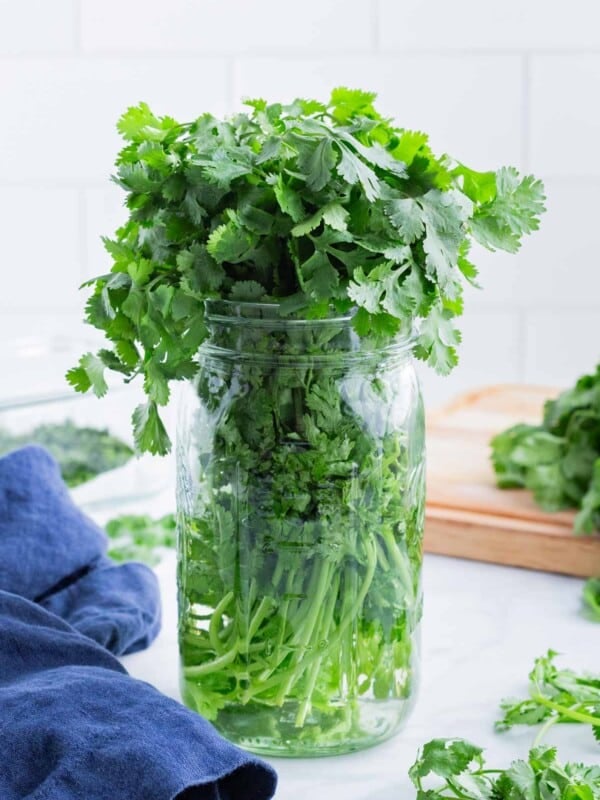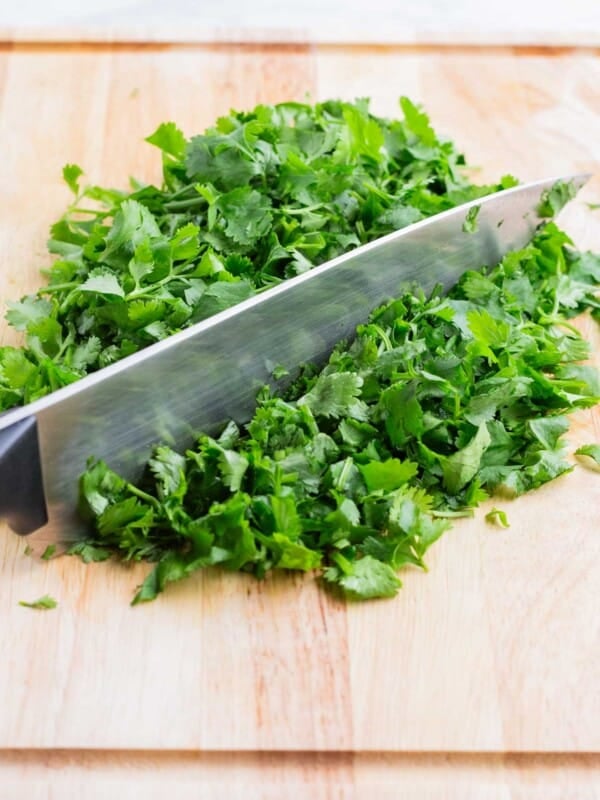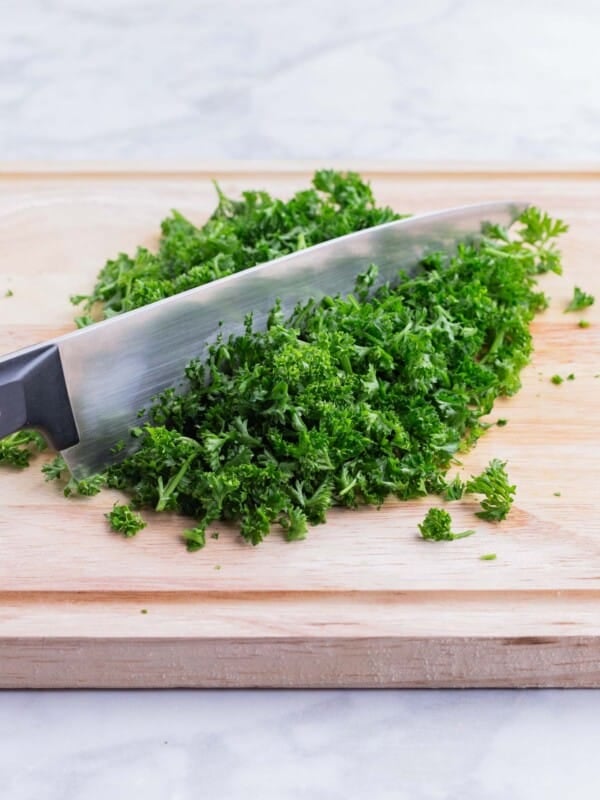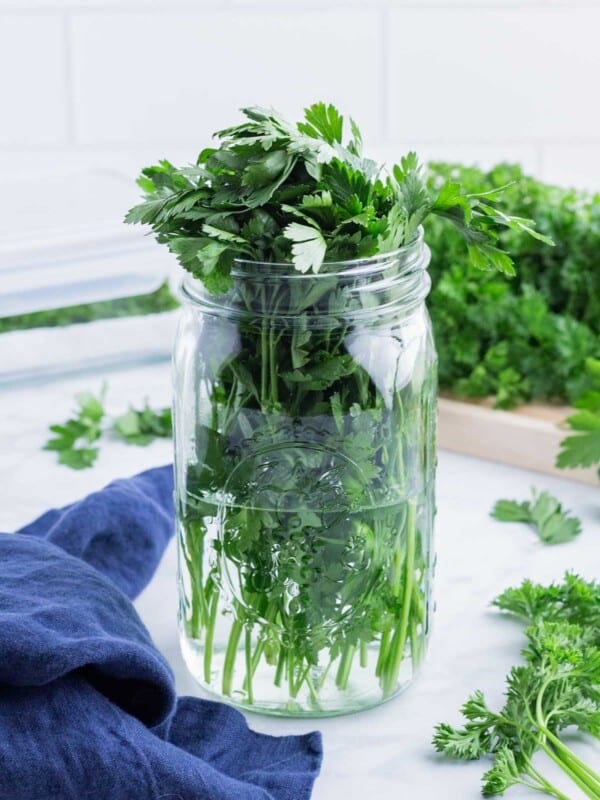What is miso, and how do you use it? There are many different types and just as many ways to incorporate this complex, savory flavor into dishes. Read on to learn about substitutions and its health benefits. Don’t forget to try out the recipes at the end, especially if you’re cooking with it for the first time!
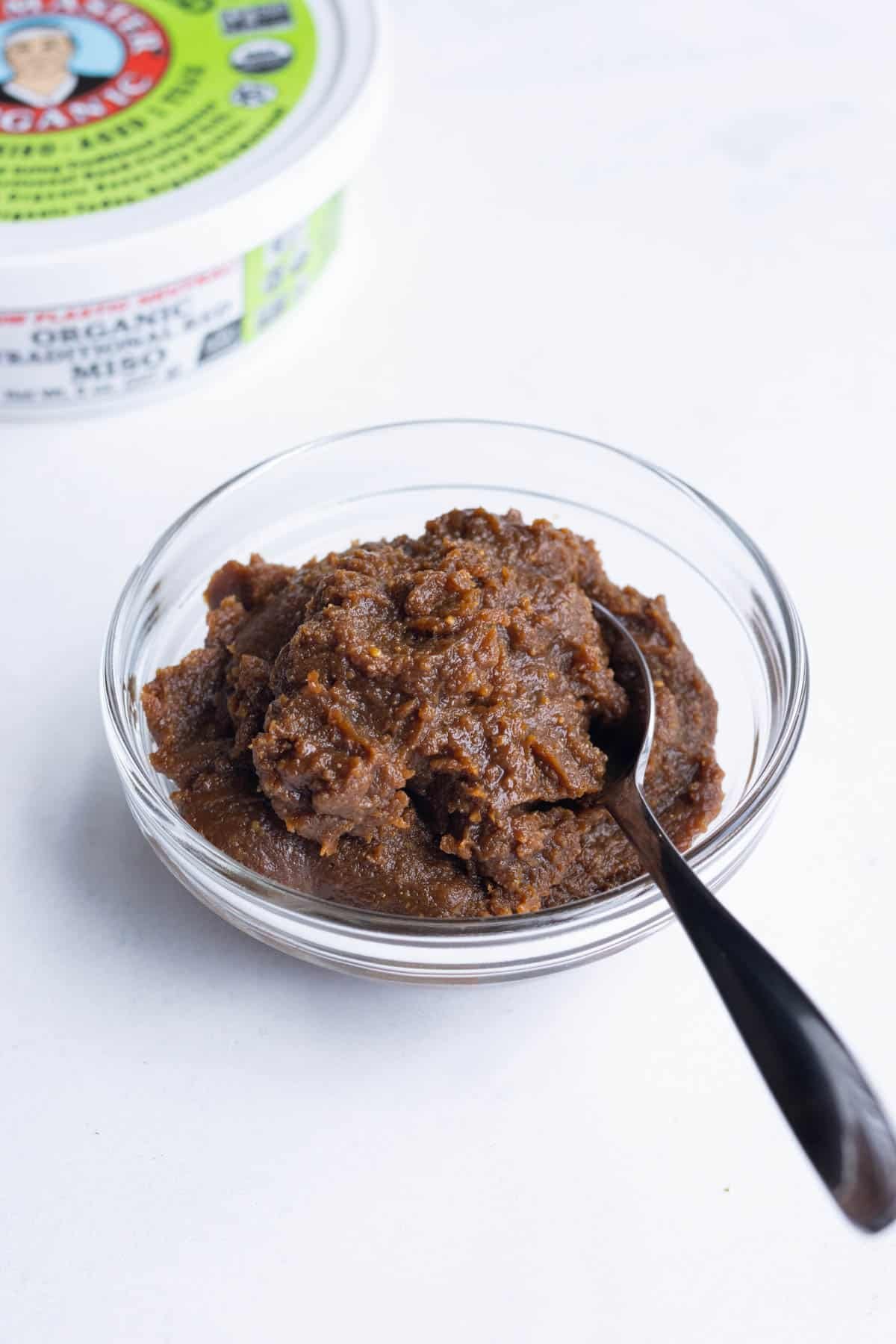
What is miso?
Miso is fermented soybean paste. The overall flavor of miso depends on the type of koji (a type of safe-to-eat mold) that is added during fermentation. Miso is a key ingredient in Japanese cuisine, and can be used in a variety of ways. Whether it’s in your salad dressings, miso soup, soy sauce noodles, or fish sauce, it adds an umami flavor that gives any dish a savory pop of flavor.
How is miso made?
Miso production involves soybeans, koji, and salt. As the soybeans begin to ferment, koji is added to turn the starches into sugar. The sugars release amino acids like glutamate to create an umami flavor.
Both the length of the fermentation process and the type of koji create different flavor profiles of miso.
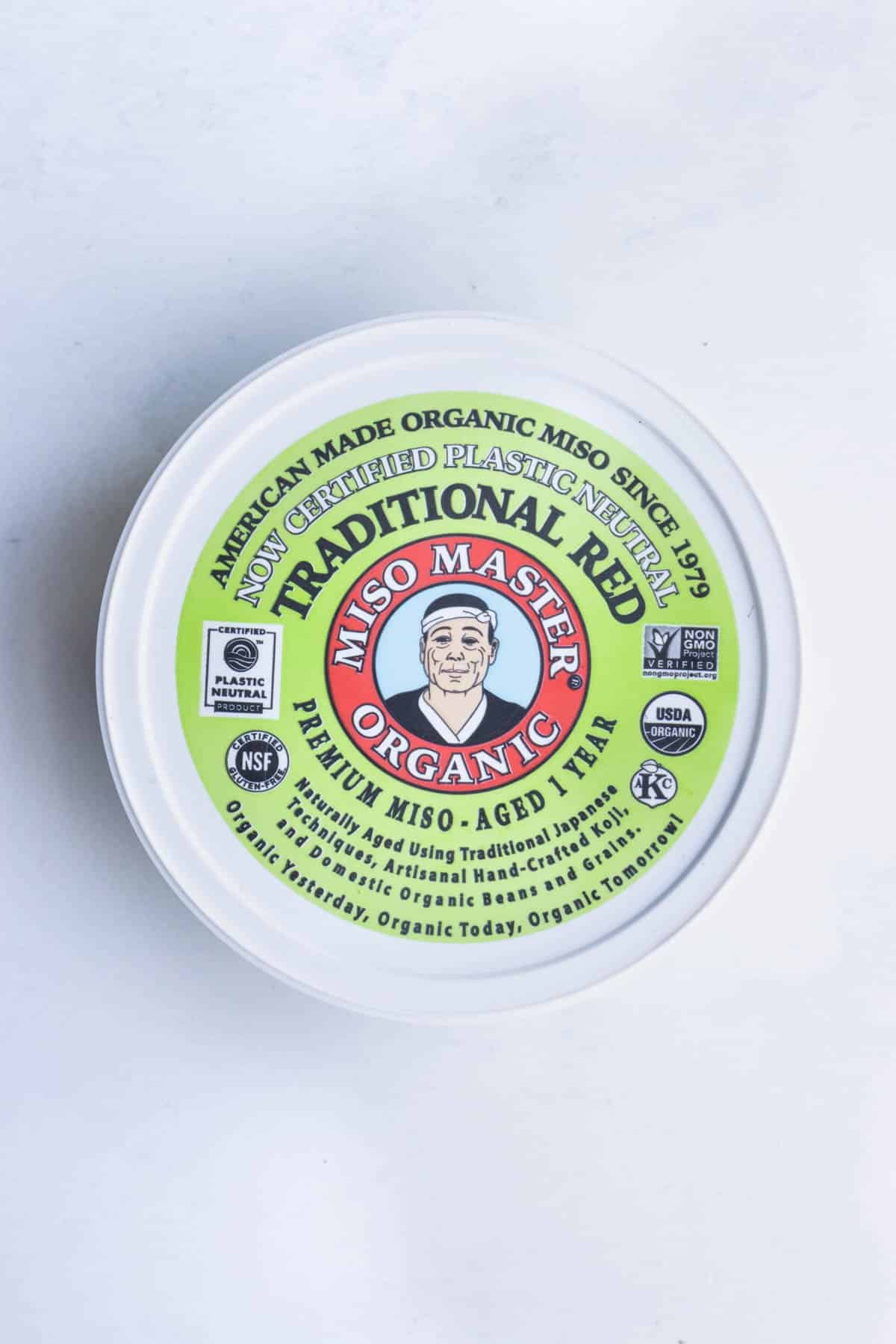
What does miso taste like?
Miso is generally known for its salty and savory flavor, but it’s more than just that. Let’s break down the different flavors by the most common types of miso and koji:
- Genmai Miso: nutty, unique
- Mugi Miso: deep, earthy
- Mame Miso: dark, rich
- Rice Koji: salty, sour
- Barley Koji: light, sweet
- Soybean Koji: deep, rich
In reality, the way a miso tastes can run the gamut, based on how the miso and koji are made and then combined together.
Different Types of Miso by Color
Because miso is marketed in the United States by color, let’s look into each type of color and how they indicate the fermentation period, ratio of ingredients, flavor, and amount of salt.
Red Miso
Red miso is dark which means that is has the longest fermentation time. It has a more concentrated flavor that is tangy and extremely salty. This miso adds depth to stews and hearty dishes.
White Miso
White miso does not take long to ferment which makes it a sweet miso. It’s flavor is also mild, and has very minimal salt. It’s great for dressings, soups, or marinades.
Yellow Miso
Yellow miso is considered barley miso because of the high percentage of barley that’s mixed in. It is saltier and more acidic than white, and makes a great condiment on its own.
Mixed (Awase) Miso
Mixed miso is a blend of white and red miso and is very delicate and rich in flavor. It has the perfect balance of saltiness because the white miso levels out the salt from the red. This miso is the most common in Japanese cooking because of its multipurpose flavoring.
How do I use miso?
Miso is very easy to use because it can be eaten raw or cooked. It can be added to almost anything, from dressings to sauces and soups. For cooking it’s best to add miso at the end because heat will cook off the flavor.
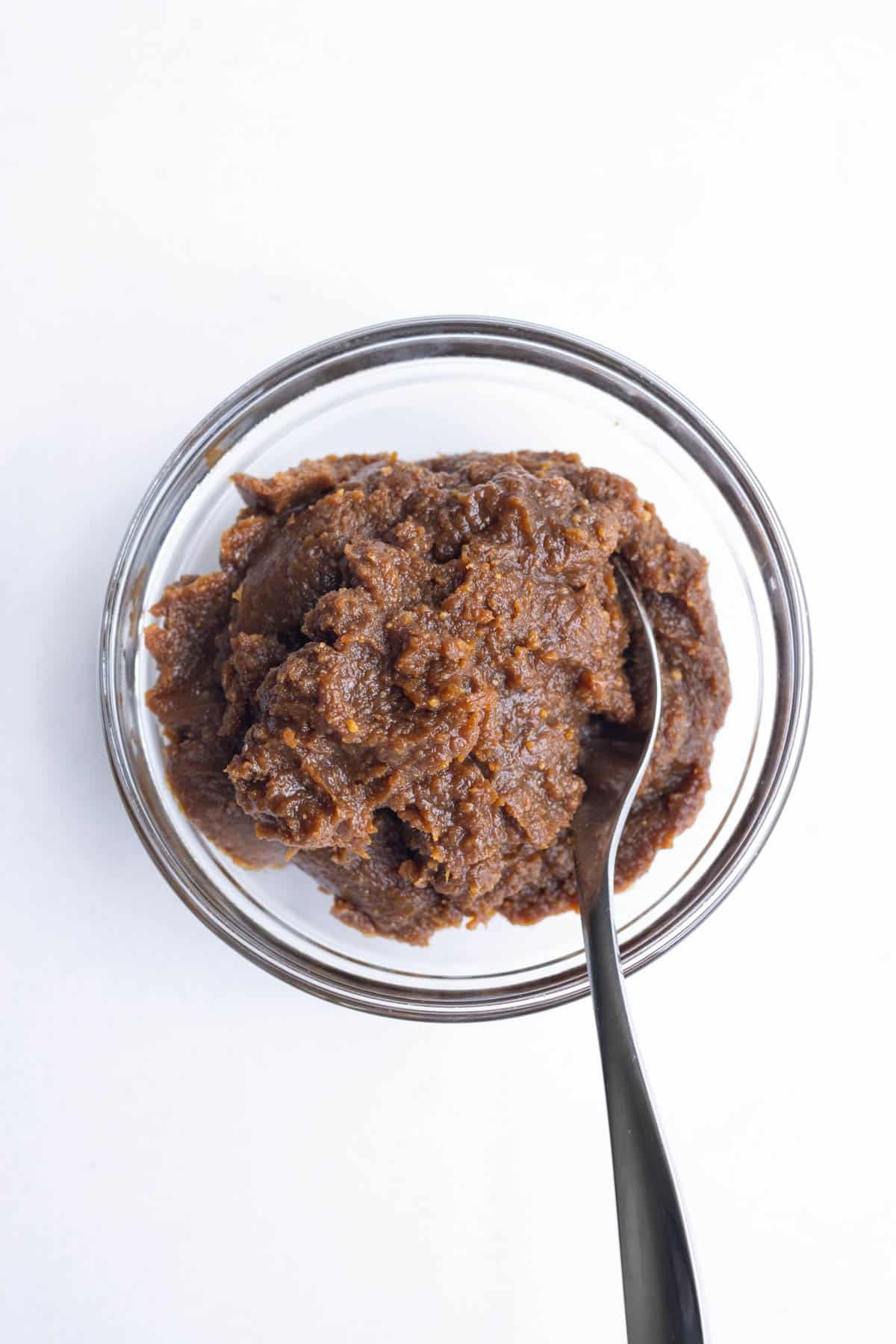
What can I substitute for miso?
Soy sauce is a great alternative to miso because of the salty and savory taste the two condiments share. Because miso is a paste, it can be hard to mimic the texture. To the soy sauce, you can add a thickening agent like a type of fish sauce.
Is miso vegan?
Yes, miso is vegan. Once you add it to miso soup that contains seafood like fish or shrimp, it is no longer vegan, of course. But, many miso soups are vegan because you can add tofu, vegetables, and ramen noodles instead of seafood.
Is miso healthy?
Miso is healthy, making it easy to incorporate into your regular diet. Because miso is a fermented food, the probiotics help promote gut health. Miso also contains manganese, copper, and zinc. It’s a great source of omega-3 fatty acids, B vitamins, and vitamin K.
Ultimately, miso is best used in moderation because of its high sodium content. A little goes a long way because miso is so strong in flavor, no matter the kind.
How to Store Miso
Miso can be stored in its original, tightly sealed container in the refrigerator. It can last up to a year, and usually longer. Depending on the type of miso, the lighter it is the sooner it will spoil. The darker it is, the longer it’ll last.

Miso Recipes
Miso adds incredible depth and flavor to nearly any dish. Check out these posts and recipes to learn more about how to incorporate miso into your next meal:
